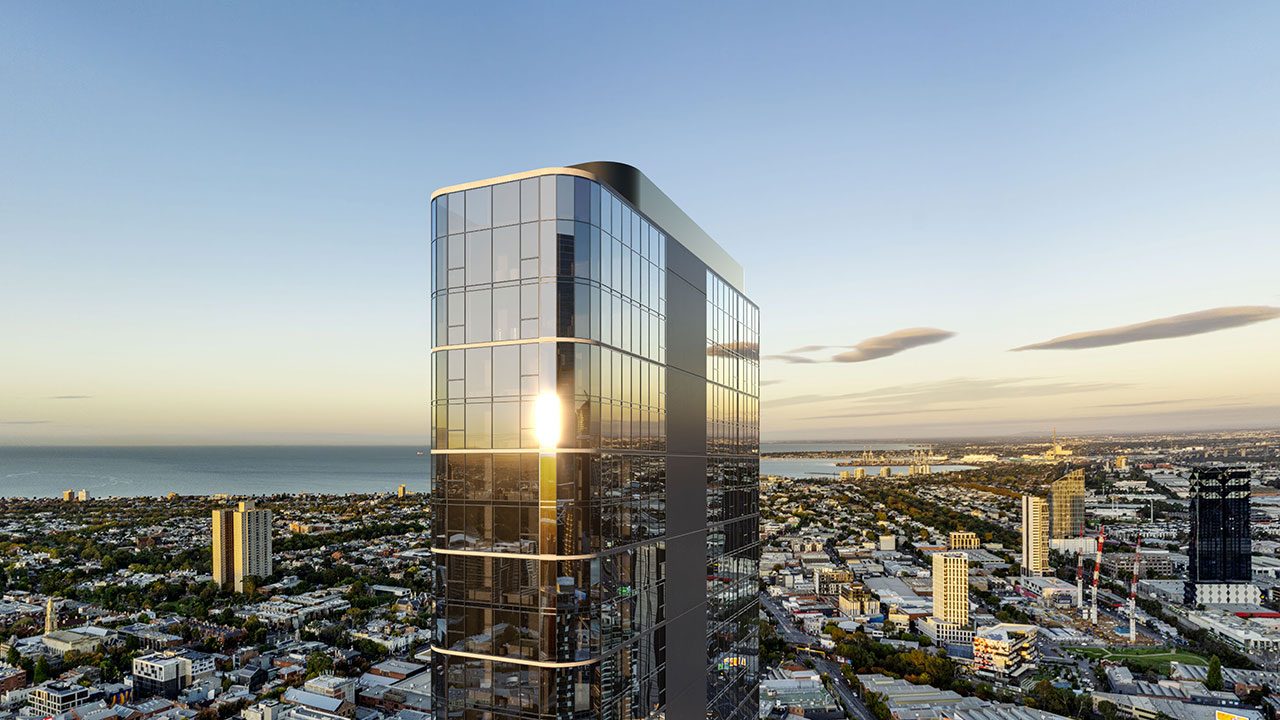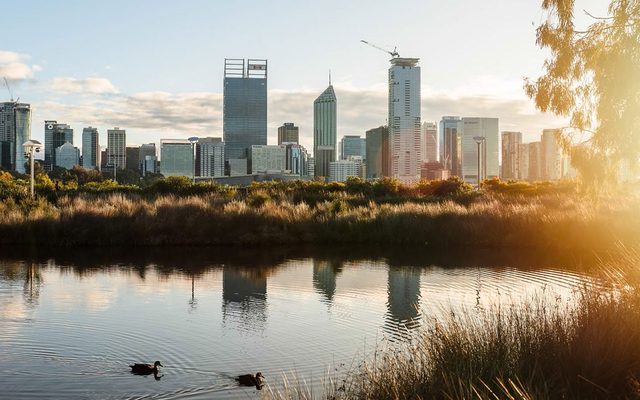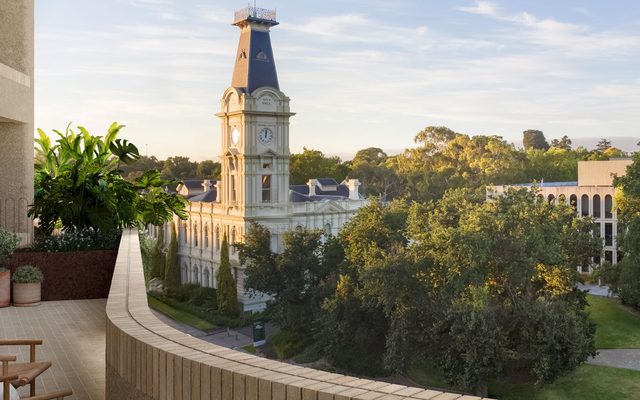This article is from the Australian Property Journal archive
DEVELOPER Salvo is pressing ahead with a $220 million residential tower in Melbourne’s Southbank, with demolition imminent at its Moray Street island site that will make way for 305 apartments.
The 56-storey will rise 180 metres and be the latest addition to Salvo’s $3 billion development pipeline, which already includes six high-density buildings in Southbank.
The Melbourne-based group has secured $150 million in pre-sales at Moray House, with 240 apartments sold, which it said shows strong underlying demand bolstered by high migration levels and people moving back to the city post-COVID despite high interest rates and worsening affordability.
Salvo purchased the 1,200 sqm island site at 42 Moray Street in 2017 for $16 million.
Designed by architects Rothelowman and interior designer David Hicks, Moray House features three distinct podiums: the first 10 levels comprise reception, ground floor café and bar, eight floors of commercial office space, and two floors of resort grade wellness and relaxation facilities including day spa, yoga room, pool and gym, private dining rooms, residents’ lounges and outdoor terraces.
Level 10 is dedicated to co-working facilities including 40 hot desks, meeting rooms, video conferencing and collaboration spaces.
The mid-level and upper level podiums consist of 305 apartments featuring one, two and three bedroom configurations and two double-storey penthouse suites on the top two floors.
According to Charter Keck Cramer, Melbourne’s apartment market was incredibly weak throughout 2023, with just 2,600 apartments launched – the lowest level since 2009 and down 60% on 2022.
Salvo managing partner James Maitland there is limited developable land left in Southbank and the CBD fringe, and coupled with changes to planning controls, apartment supply is likely to be constrained for the foreseeable future.
“We’re keen to see the right investment and planning settings that provide confidence for developers and buyers regarding delivery of key infrastructure in urban renewal precincts to enable multi-unit developments to do the heaving lifting to boost housing supply.”
He revisiting off-the-plan stamp duty exemptions and reducing taxes on foreign investors would go “some way” to speed up the delivery of housing.
Demolition of the site will start within weeks, with construction scheduled to commence later this year. The project is due to be completed in late 2026.
The project is Salvo’s first after the pandemic which, according to Maitland, changed the way they design and build high density developments.
“With this project we went back to the drawing board to reconsider what apartment living really looks like and means for residents today while being feasible from a development perspective.
He said residents expect resort-style amenities that contribute to their health and wellbeing, along with internal and external communal spaces to entertain and connect with fellow residents.
Moray House development pipeline, which also includes a $1 billion four-tower, mixed use development at Fishermans Bend and a $1.2 billion mixed use urban renewal project at the historic Pentridge precinct in Coburg.
It also has $1 billion of non-apartment projects including a 62-hectare parcel in Mount Cottrell in Melbourne’s west and industrial and mixed used sites in Victoria and NSW.




